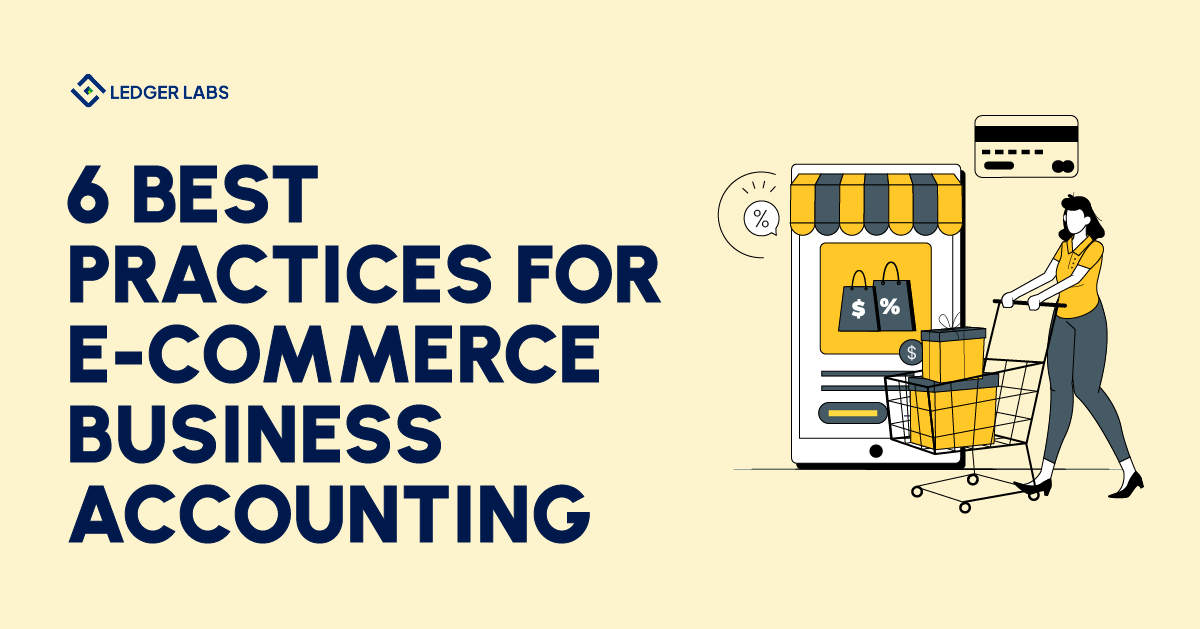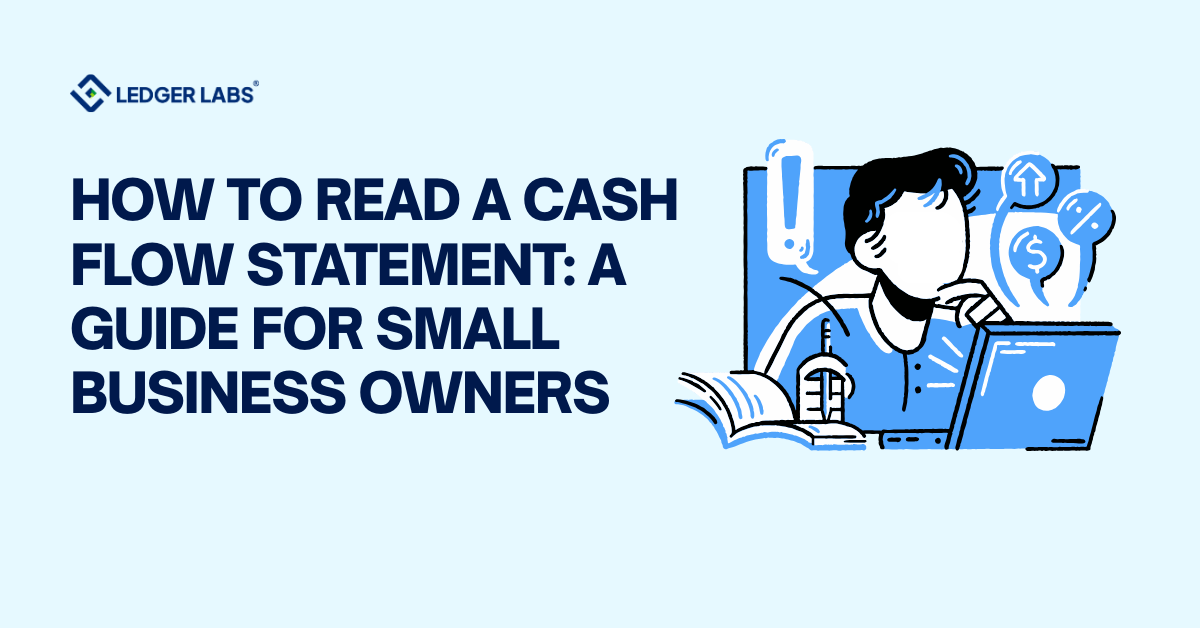1. Only 34% of small businesses hire professional bookkeepers, leading to inconsistent bookkeeping and potential inaccuracies in financial records.
2. Automating eCommerce accounting with AI reduces errors, increases compliance, and provides real-time financial insights for growth and better decision-making.
3. Switching from a cash-based to an accrual accounting system enhances financial health visibility, improves forecasting, and tracks costs across the supply chain for better scalability.
4. Segregating personal and business finances through separate accounts and books prevents tax penalties and attracts investors, ensuring financial clarity.
5. Overlooking indirect costs such as platform fees, customs duties, and shipping charges affects profitability and budgeting accuracy.
No matter how flawless your books are, chances are a simple accounting error could easily transform into a catastrophic blunder for a business.
Now let’s talk about e-commerce specifically.
An e-commerce business, irrespective of where it operates from, witnessed daily transactions that are monitored by your accounting department.
This includes refunds, transit charges, shipping costs, and seller fees.
So what can your business do to ensure that your books are accurate and your accounting department is able to navigate through most hurdles without any difficulties?
For that, you need to follow some of the best practices for e-commerce business accounting, something which we have talked about in detail in this blog post.
Let’s get started.
How critical is accounting for an e-commerce business?
The need for accounting for any business is a no-brainer.
Not only are you being compliant with the regulations but you’re also able to establish a strong financial foundation for your business.
No matter how big or small your e-commerce business is, you need a solid accounting system that’s able to help you understand the opportunities and mitigate the risks that arise over time.
Similarly, accounting is important to keep accurate records of the finances, make informed decisions, and determine the reliability of a business.
So What Does Your E-commerce Business Really Need?
The 2020s have witnessed a major transformation in how e-commerce businesses operate and handle their books.
While most are getting smarter about their accounts, most also want to understand how to improve from a financial standpoint.
Here’s a list of some of the best practices you can implement into your e-commerce business RIGHT NOW:
To give you a better idea, let’s go through and have a deeper look at what constitutes best practices in e-commerce accounting.
1. Separate Business and Personal Finances
Mixing your business transactions with your personal ones is probably one of the most common and costly mistakes that most business owners, especially in the e-commerce space make.
Some people may find it easier to club both the finances altogether but it will only create chaos in their accounting.
It is important to split business and personal finance to streamline your accounting and maintain better record-keeping. Here’s why:
- To get an overview of your business revenue and expenses.
- To calculate an accurate business tax.
- To get accessibility to business financing.
- To safeguard your personal assets.
The process is quite straightforward and doesn’t require you to learn rocket science. This is one of the fundamental steps to kickstart exceptional financial hygiene.
2. Upgrade to Cloud Accounting Software
Maintaining your books locally on drives and desktop applications is risky – to say the least.
Using accounting software already means that mistakes and human errors are minimized if not completely eliminated.
Moreover, most software will also automatically track sales, calculate taxes, and send invoices to your clients if needed.
I can’t stress the use of accounting software enough.
Even though manually maintaining your books is also a safety net, accounting software like Brex will save you a ton of time and reduce the chances of human input error.
You can also integrate it with other tools for invoicing, inventory management, expense management, and financial reporting.
3. Monitor Inventory Costs and Stock Levels Effectively
How much you spend on inventory is important to understand in e-commerce business accounting.
Having detailed insights about the cash flow, product costs, inventory management, shipping, taxes in the regions you deliver, and other parts of your business gives you an intimate knowledge of money-saving opportunities.
All this information makes it easier for you to reconcile your purchases to make the right decision.
An investment in a strong inventory management system with the preference that it integrates with your accounting software to ensure accuracy and efficiency is one of the best ideas.
4. Optimize Shipping Costs
High shipping charges could be a turn-off for a lot of customers.
People won’t prefer purchasing a product when they see high shipping charges.
A study by Walker Sands found that 67% of customers have abandoned their online shopping carts due to high shipping costs.
So how can you optimize your shipping costs?
- Choose the Right Shipping Partners: Start with collaborating with shipping companies who offer better rates across all regions where you’re currently delivering.
- Consolidate Shipments: Consolidate smaller shipments into larger ones. This will help you benefit because of bulk shipping rates. I recommend checking out Shopify’s shipping guide to understand more about shipment costs.
- Implement Efficient Packaging: Use packaging that minimizes weight and dimensions.
5. Understand the Hows and Whats of Tax Deductions
Even though as a business owner, accounting may not be your forte, it’s always a wise idea to understand your books and see what you’re being taxed for.
Identifying the sales tax nexus is a crucial part of knowing your tax and accounting compliance obligations.
E-commerce businesses typically involve two types of taxes:
- Business income tax
- Local state tax
To ensure error-free billing on taxation, it is important to execute the method whereby the sales tax is automatically applied to the customer’s shipping address.
In addition, you must be aware of deductible expenses such as employee salaries, office stationery, advertisements, etc.
All these expenses help in minimizing the taxation on your business.
This allows e-commerce businesses to avoid any penalties and interest charges throughout the year.
Assume, you run a small online business of handmade jewelry. Though you operate your complete business within the state, you are required to apply a sales tax on the purchase made by your customer.
By adhering to these requirements, you will be able to charge the exact tax and remain compliant with the laws regulated by the state government.
6. Streamline Core Operations with Automation
Automation in any business practically does the heavy lifting for you.
Let’s assume that there is an online apparel shop that receives hundreds of orders every day. With the use of an automation tool, you can handle tasks much more efficiently.
You can easily update inventory levels, process payments, and send confirmation mail by using the automation features.
Once a customer places an order, the system will automatically update the inventory by removing the purchased item, processing the order, and sending an order confirmation mail to the customer without any hindrance.
One of the best sales automation tools for e-commerce that is easy to use and rich in features is Hubspot.
Hubspot has earned a reputation as one of the best marketing and sales automation players and is considered to be one of the most flexible CRM platforms.
It even includes features such as email promotion software as well as action-supported lead generation conversion technology.
Streamline Your E-commerce Business Accounting
As alienated as you may feel with your accounts, the truth is that solidifying your accounting automatically translates into other more streamlined departments for your business.
Understanding what can help you save money and what’s important to be compliant with the law will help you go the distance with your business.
One of the best ways to do so is to have an accounting department that not only leverages tech for your business the right way but also understands your business in and out.
That’s what we do at LedgerLabs.
Book a free consultation with our experts at Ledger Labs and watch us streamline your finances with our accounting and bookkeeping experts while you focus on the rest of your business.












